En la universidad hay algunas plantas de pitahayas las cuales fueron plantadas aquí por los profesores, la pitahaya no es muy común en mi region, sin embargo es originaria el continente Americano. Su producción se ha extendido en todo el mundo y tiene mayor fama en Asia, donde cada unidad del fruto llega a costar 6$.
En las tareas de hoy trabajando para la materia de elementos del ecosistema decidimos reproducir algunas de estas plantas para sembrarlas en unas semanas, la reproducción se da de manera asexual haciendo cortes en su cuerpo los cuales se sembrarán y enraizaran posteriormente.
At the university there are some pitahaya plants which were planted here by the professors. The pitahaya is not very common in my region, however it is native to the American continent. Its production has spread all over the world and is most famous in Asia, where each unit of the fruit costs as much as 6$.
In today's tasks working for the subject of ecosystem elements we decided to reproduce some of these plants to plant them in a few weeks, the reproduction is given in an asexual way by making cuts in their body which will be planted and rooted later.

Nuestra actividad principal se basa en el mantenimiento y cuidado de plantas de Agave o cocuy, luego de semanas en el vivero, ahora están mucho mas grandes y fuertes, luego deben ser trasplantadas a la tierra para que allí tengan mayor crecimiento y absorción de nutrientes, sin embargo por el periodo de lluvias abandonamos un poco las plantas y el pasto y maleza creció demasiado alrededor de ellas, así que fuimos a limpiarlas para prepararlas para su futuro trasplante.
Our main activity is based on the maintenance and care of Agave or cocuy plants, after weeks in the nursery, they are now much bigger and stronger, then they must be transplanted to the land so they have more growth and nutrient absorption, however for the rainy period we abandoned the plants a little and the grass and weeds grew too much around them, so we went to clean them to prepare them for their future transplant.

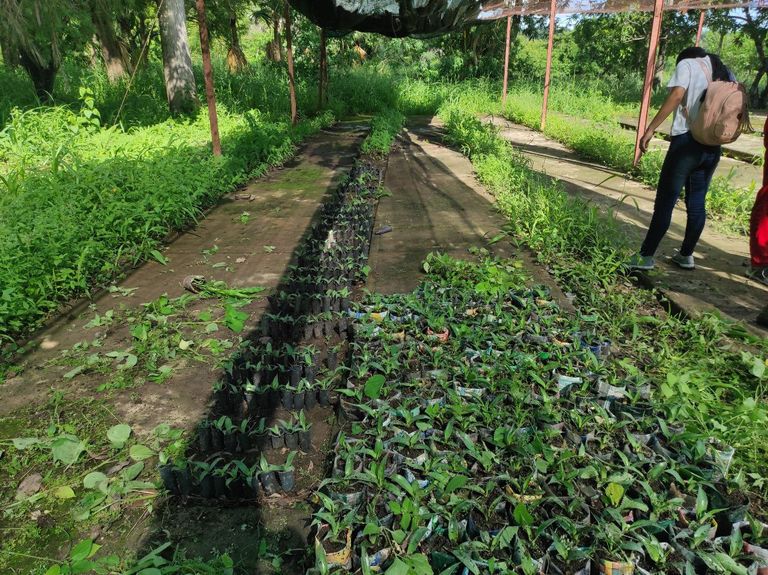

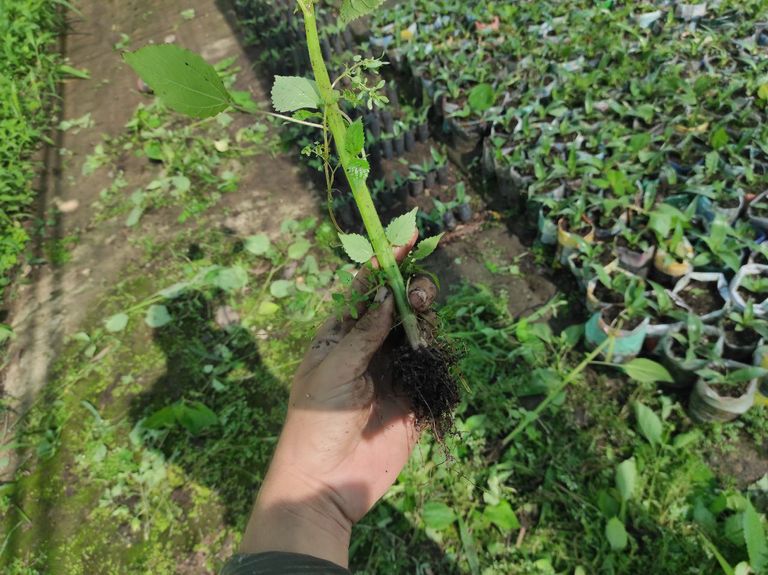
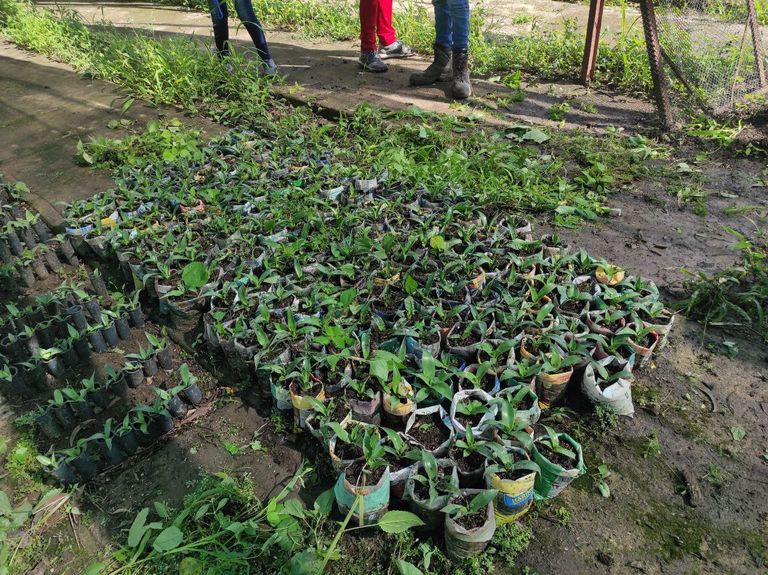
Otro poco de esas semillas se sembraron frente al laboratorio de química donde tienen una buena humedad en la tierra y sombra por los arboles altos, así que no necesitaron ser llevadas al vivero.
Some of these seeds were planted in front of the chemistry lab where they have good soil moisture and shade from tall trees, so they did not need to be taken to the nursery.

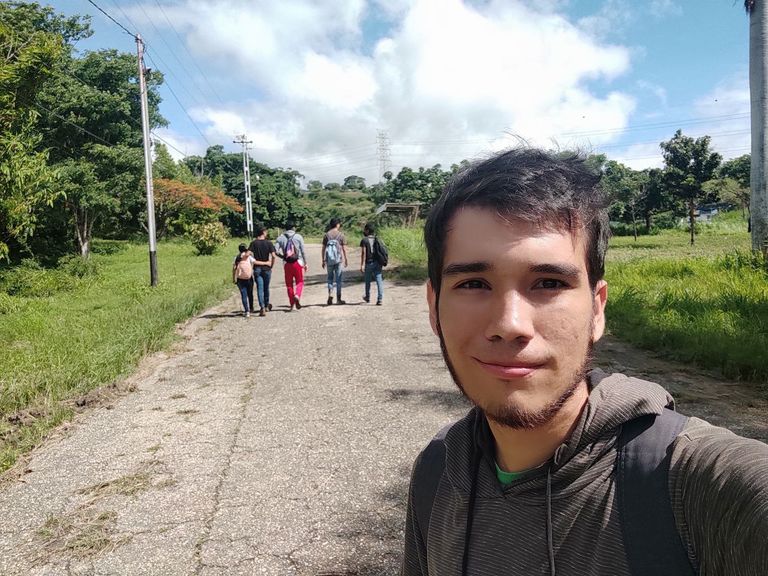
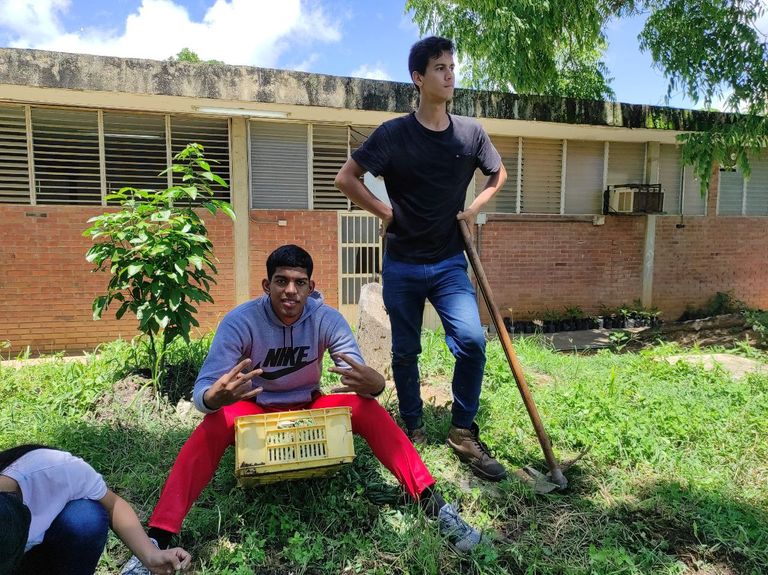

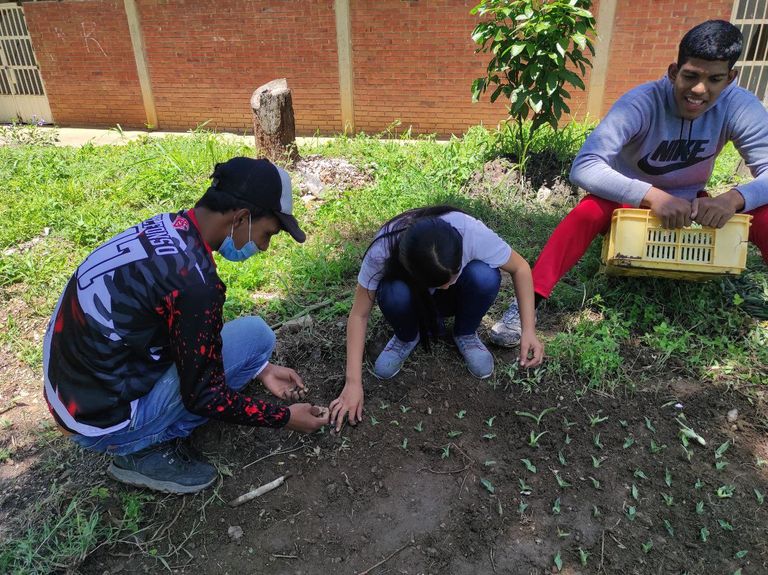

Las plantas de pitahayas dan fruto una vez al año según tengo entendido, y la reproducción es atreves de sus espigas, cortándolas en sitios específicos para colocarlas en un sustrato o tierra y que ellas enraícen, luego que tengan raíces se pueden colocar sobre un árbol, las raíces de la pitahaya se da sobre arboles y se enraíza al rededor de ella, no necesita agua ya que es una variedad de cactus y estos almacenan parte agua.
Nuestro compañero Javier ha hecho injertos de pitahaya y sabe como tratarlas por lo cual, solamente el se dedico a cortarlas las espigas ideales para reproducirlas.
The pitahaya plants bear fruit once a year as I understand, and reproduction is through their spikes, cutting them in specific sites to place them in a substrate or soil and they take root, then they have roots can be placed on a tree, the roots of the pitahaya is given on trees and rooting around it, it does not need water as it is a variety of cactus and these store some water.
Our partner Javier has done pitahaya grafts and knows how to treat them, so he is the only one who cut the ideal spikes to reproduce them.
Las variedades que existen en la universidad son Hylocereus undatus la cual es de pulpa blanca y piel rosa.
Y Hylocereus costaricensis, de pulpa roja y piel rosa.
The varieties that exist in the university are Hylocereus undatus, which has white pulp and pink skin.
And Hylocereus costaricensis, with red pulp and pink skin.
Propagamos algunas de ellas cortándolas y dejándolas dentro de sustrato con cascaras de arroz por unos días, al momento que puedan enraizar las colocaremos sobre arboles para dejarlas allí 2 años, hasta que comiencen a dar sus primeros frutos.
Usualmente pueden dar frutos por mas de 20 años, y en algunas partes se dice que es un afrodisiaco.
We propagate some of them by cutting them and leaving them in a substrate with rice husks for a few days, when they can root we will place them on trees to leave them there for 2 years, until they begin to bear their first fruits.
They can usually bear fruit for more than 20 years, and in some parts it is said to be an aphrodisiac.
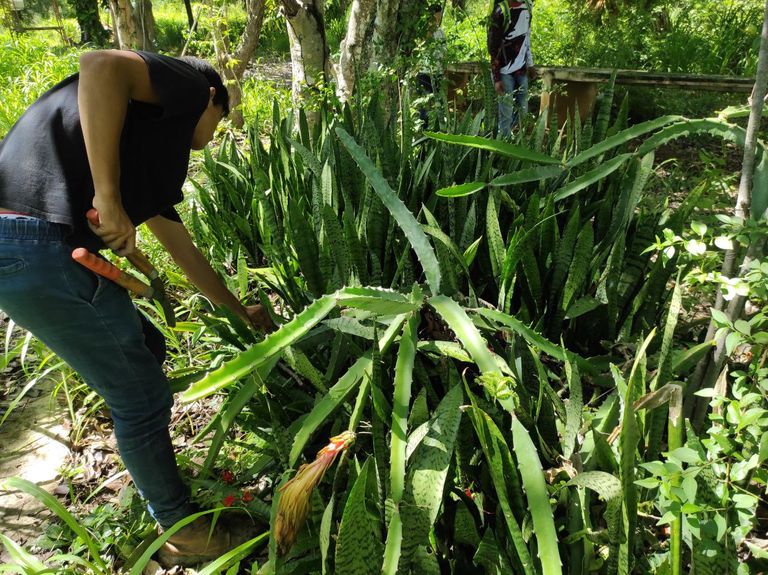






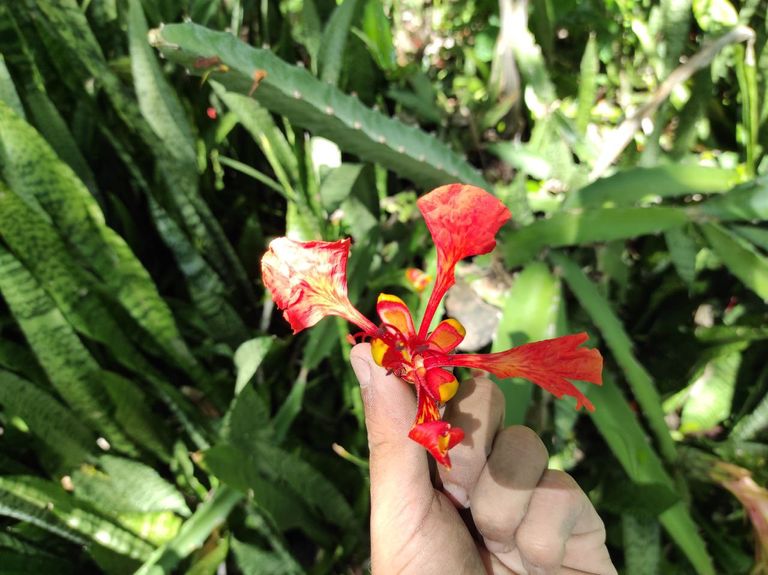

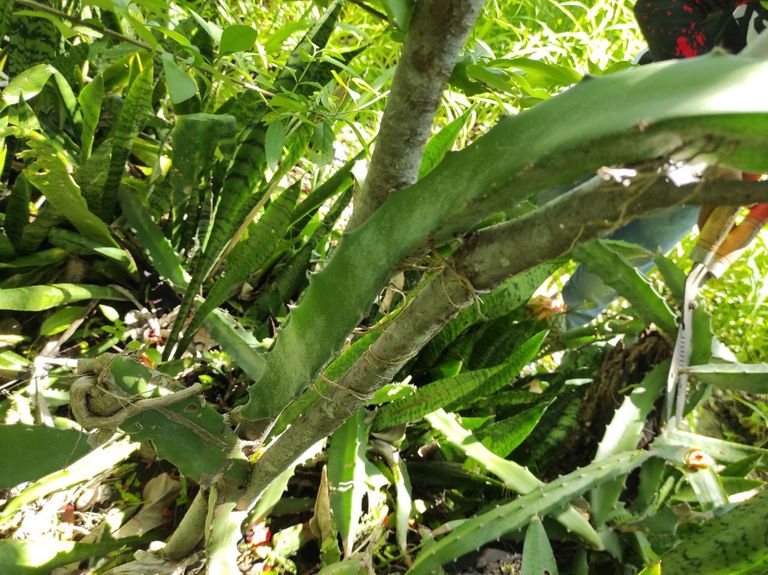
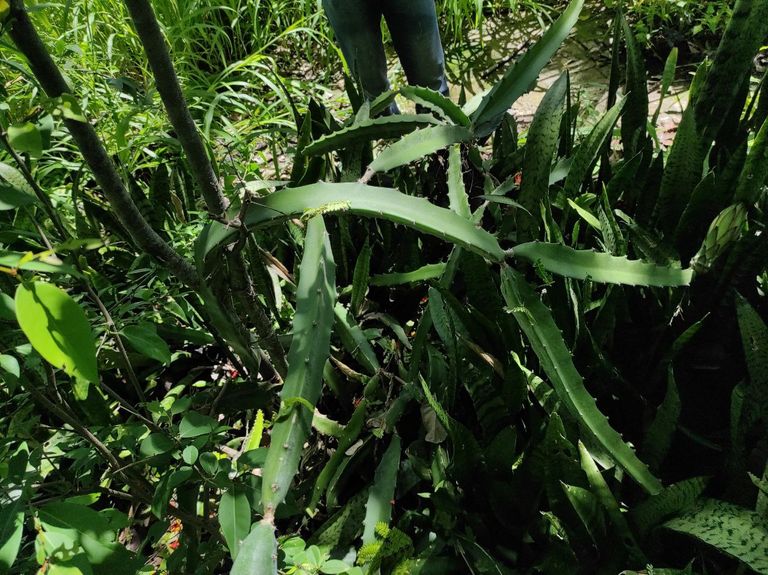
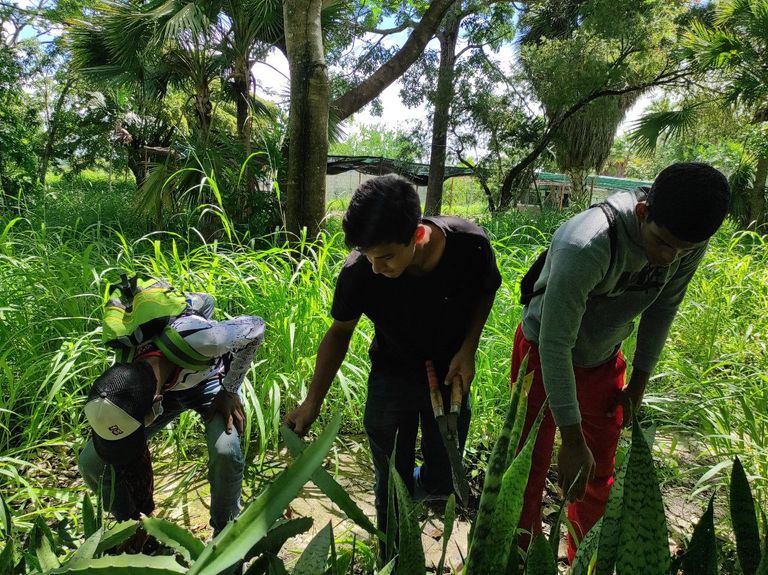
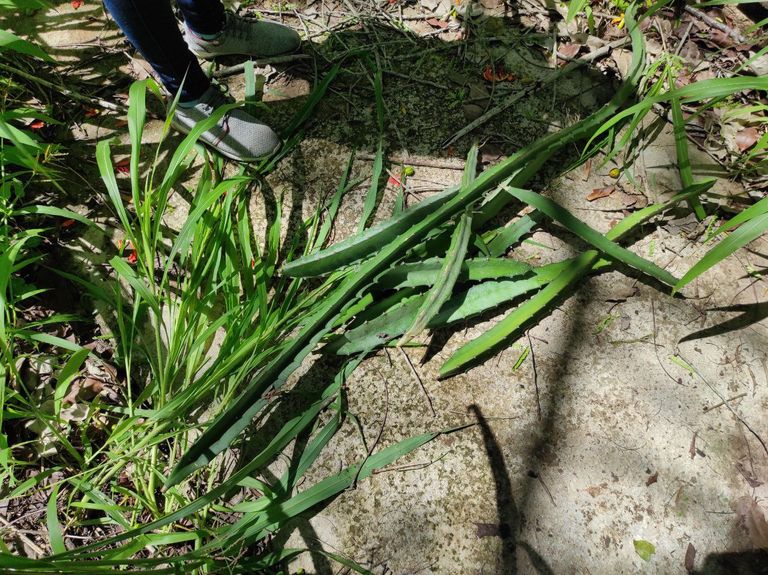


En la primera flor se ve que aun no ha abierto y no ha sido fecundada, y en la segunda se ve que ya la flor esta fecundada, lo que sigue es el fruto que estará listo en las próximas semanas.
In the first flower you can see that it has not yet opened and has not been fertilized, and in the second one you can see that the flower is already fertilized, what follows is the fruit that will be ready in the next few weeks.
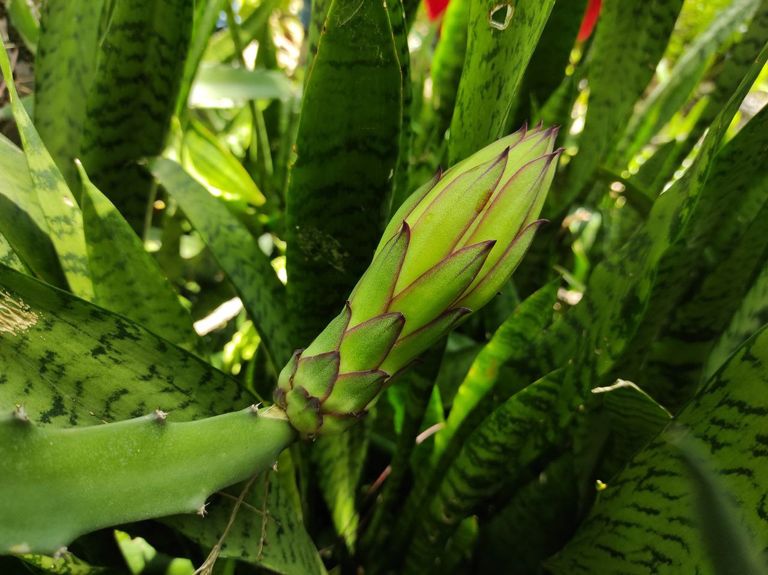

El resto de las actividades fueron sembrar algunas plantas de tomate cherry, trabajar un poco en la parcela de maiz y recoger algunos insumos en el vivero para las plantas.
The rest of the activities were planting some cherry tomato plants, working a little in the corn plot and picking up some inputs in the nursery for the plants.
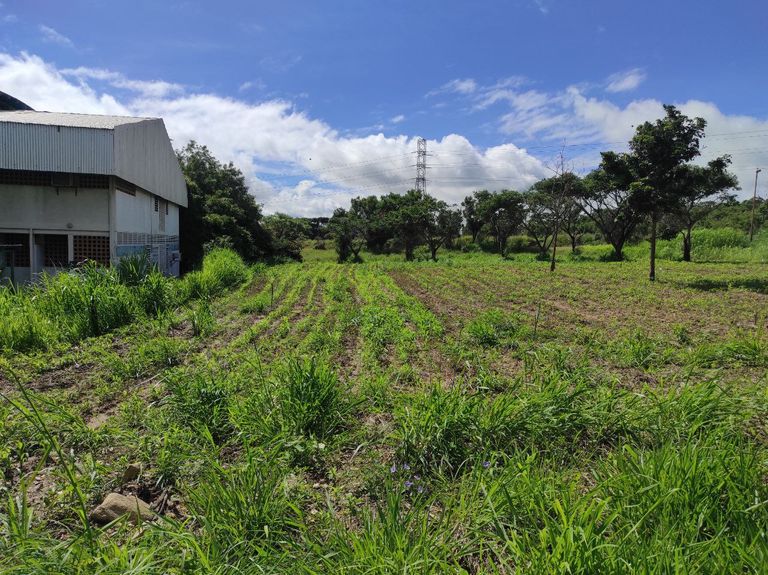

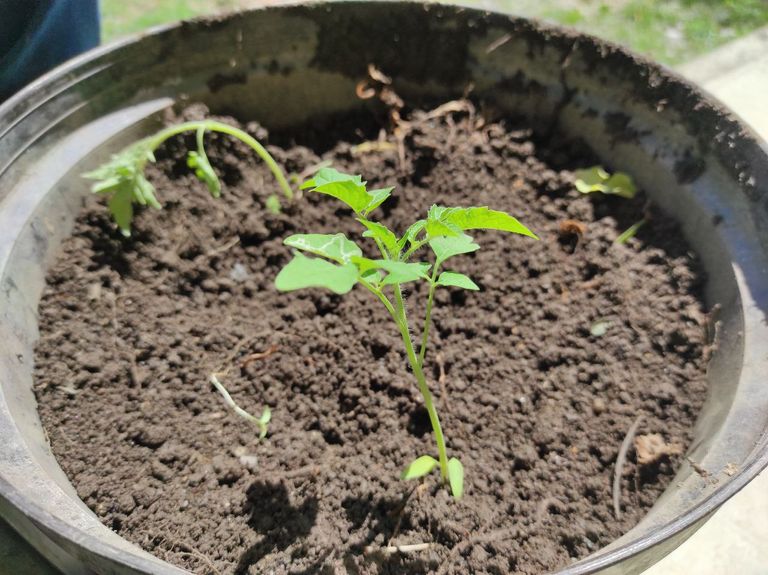

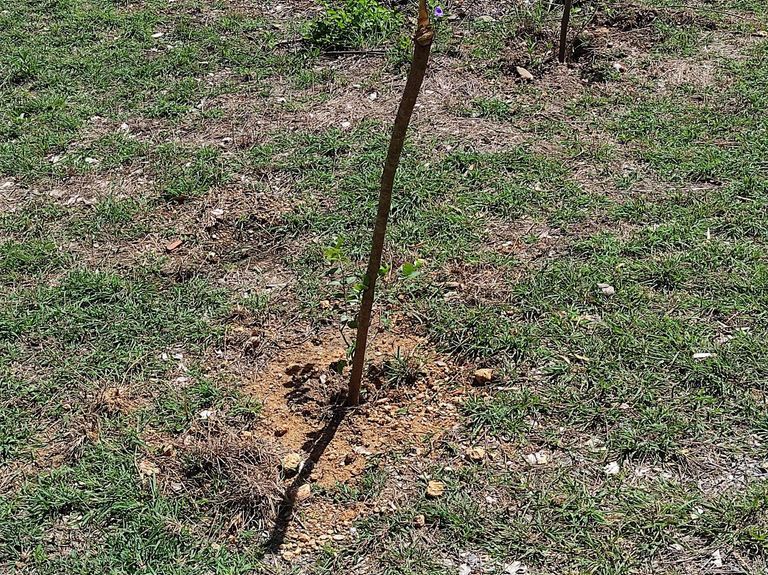

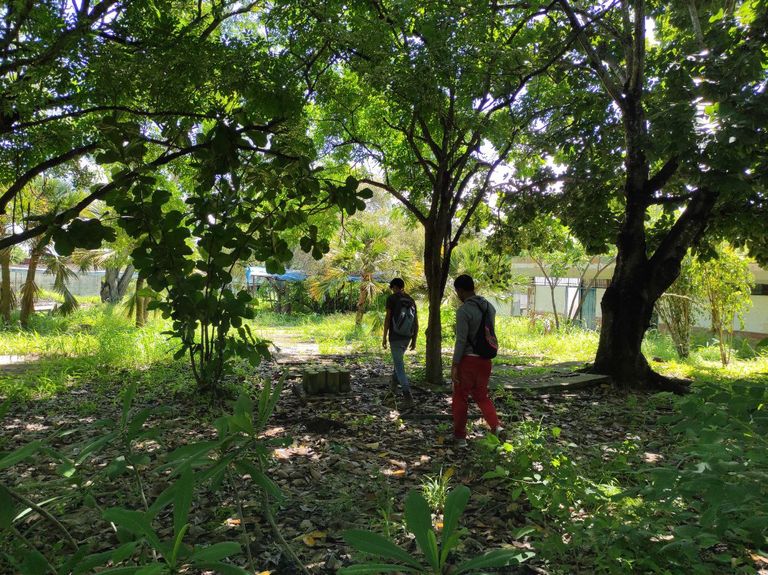
Lo mas entretenido de esta actividad sin duda alguna es la pitahaya, espero poder probar uno de estos frutos en lo siguientes días.
Y de igual manera la siguiente semana trabajar con plantas de vainilla, algo increíble y único de ver.
The most entertaining part of this activity is undoubtedly the pitahaya, I hope to be able to taste one of these fruits in the following days.
And also the following week I will be working with vanilla plants, something incredible and unique to see.
Nos vemos en la próxima.
See you next time.